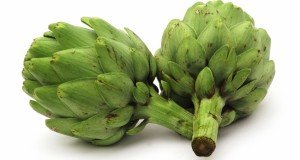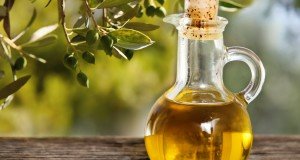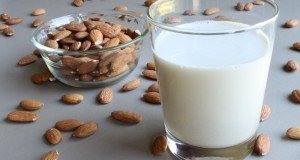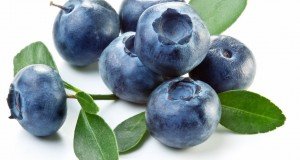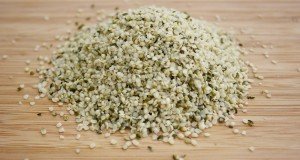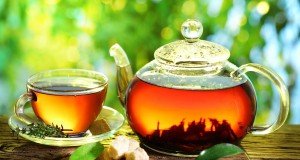Powerful strawberry compound combats cancer and reduces chronic inflammation
 (NaturalHealth365) The dietary flavonoid fisetin found in abundance in strawberries is a potent force for staying healthy. It’s a shame this delicious fruit (and its properties) don’t get more positive press in the lamestream media. (hopefully, this story will be shared ‘far and wide’) In new research, scientists confirmed the cancer-preventive effects of fisetin. They found that the unique compound modulates various cell signaling pathways, including inflammation, apoptosis, angiogenesis, growth factor, transcription factor, and other cell signaling pathways. But that’s only one of many studies demonstrating the various health benefits of this powerful flavonoid.
(NaturalHealth365) The dietary flavonoid fisetin found in abundance in strawberries is a potent force for staying healthy. It’s a shame this delicious fruit (and its properties) don’t get more positive press in the lamestream media. (hopefully, this story will be shared ‘far and wide’) In new research, scientists confirmed the cancer-preventive effects of fisetin. They found that the unique compound modulates various cell signaling pathways, including inflammation, apoptosis, angiogenesis, growth factor, transcription factor, and other cell signaling pathways. But that’s only one of many studies demonstrating the various health benefits of this powerful flavonoid.
An older study from the Salk Cellular Neurobiology Laboratory found that fisetin in strawberries dramatically reduced inflammation and associated cognitive issues related to aging. In addition, a breast cancer study found fisetin increased the death of breast cancer cells by 30 percent. Let’s not forget chronic inflammation is the foundational factor to various health issues, including autoimmune disorders, cancer, and cardiovascular disease. Thankfully, fisetin reduces the risk of chronic inflammation and unwanted health outcomes.
Fisetin in strawberries dramatically increases cancer cell death rates
Fisetin has been studied extensively for its effectiveness against cancer. When added to breast cancer chemotherapy drugs, fisetin has been associated with a 20 percent increase in cancer cell death within the first 24 hours and 30 percent cell death after 48 hours.
Used alone, an 11 percent increase in cell death was reported in one day and 30 percent after two days.
Antioxidant deficiencies cause unwanted age-related health issues
The Salk research confirms that getting more of the antioxidant fisetin can benefit memory and osteoarthritis symptoms. In other studies, fisetin has been found to assist with mercury exposure, homocysteine clearance, diabetic neuropathy, and liver damage.
The Salk group had previously studied the effects of fisetin on mice with a genetic form of Alzheimer’s Disease (AD). However, this only accounts for 1 to 3 percent of all cases. The larger Alzheimer’s risk is a form called sporadic AD, which occurs later in life.
The sporadic AD mice were fed fisetin along with their food daily for seven months. A control group of sporadic AD mice did not receive fisetin. Various memory and activity tests were administered throughout the study period. The mice were also tested for specific proteins related to brain function, stress, and inflammation.
Eating more organic strawberries is a natural way to avoid age-related cognitive decline
The difference was dramatic. The mice not treated with fisetin showed elevated markers of inflammation and stress as well as difficulties on the cognitive tests. On the other hand, the mice receiving fisetin did not show signs of age-related physical or cognitive decline.
There were also no signs of toxicity or side effects from taking the compound fisetin – even at high doses.
The research results were published in the June 2017 Journals of Gerontology Series A. It builds on the Salk team’s previous studies of fisetin as a treatment for age-related mental decline, Alzheimer’s disease, and stroke.
In addition to strawberries, fisetin is found in apples, kiwis, mangos, grapes, tomatoes, and persimmons. It is also contained in vegetables like cucumbers and onions, as well as some types of nuts. However, strawberries have the highest concentrations of this potent flavonoid.
No doubt, fisetin’s anti-inflammatory and anticancer benefits provide plenty of good reasons to isolate this healing compound so that it can be taken as a preventative measure for cancer, neurodegenerative diseases, and other age-related conditions.
Of course, we can all receive the health benefits of fisetin by simply eating more fresh (organic) strawberries – whenever possible – or growing them yourself, climate permitting.
Sources for this article include:



